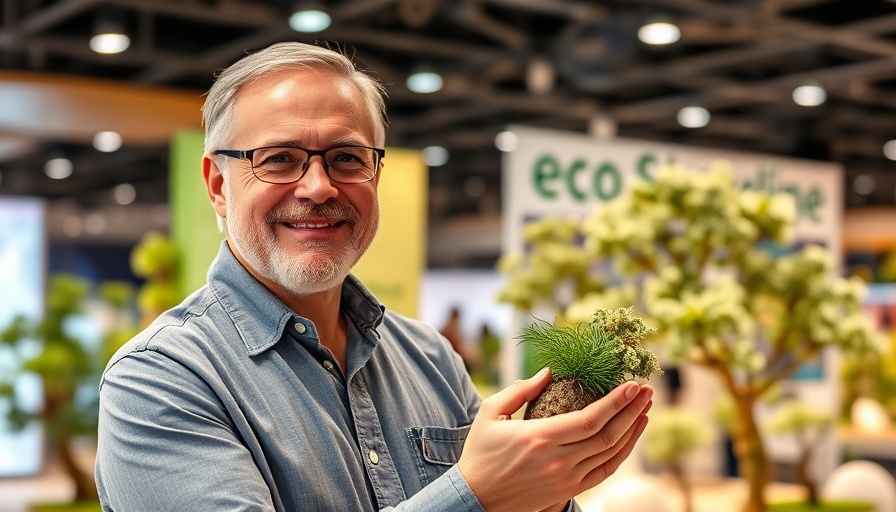
Unlocking the Future: How Hong Kong Can Achieve Net Zero
Fredrick Leong, an innovative leader in sustainable infrastructure, emphasizes that effective regulation and green building incentives are crucial for Hong Kong to reach its ambitious net-zero carbon emissions target. Having grown up in the lush countryside of Lo Wai Village, Leong’s childhood experiences with environmental pollution awakened a lifelong commitment to environmental conservation. With the city consuming nearly 90 percent of its electricity from buildings, the stakes couldn’t be higher.
The Weight of Buildings on Carbon Emissions
In Hong Kong, buildings are responsible for a staggering 60 percent of the city's carbon emissions. This disturbing fact highlights the urgency of adopting sustainable practices in architecture and construction. Leong's work at Aurecon not only involves green building designs but also delves into significant responsibilities, such as participating in boards that shape green building regulations and advising the government on sustainable land development. His comprehensive approach illustrates a multifaceted effort needed for the urban landscape.
A Vision for Greener Infrastructure
Leong advocates for a robust framework of regulations and retrofitting incentives for existing infrastructure. These measures would encourage investments in eco-friendly products, energy efficiency, and green technology, ultimately leading to a significant reduction in the city's overall carbon footprint. By integrating sustainability into building designs, Hong Kong can pave the way for a more resilient, climate-conscious urban environment.
Lessons from Local and Global Models
Globally, cities like Copenhagen and Singapore have adopted green initiatives that could serve as models for Hong Kong. Utilizing renewable energy, optimizing waste management, and developing sustainable communities are just a few strategies these cities have implemented to great effect. By drawing parallels from such examples, Hong Kong can implement targeted strategies that blend its unique environmental challenges with innovative solutions.
Empowering Communities Through Green Living
Education plays a pivotal role in fostering an eco-conscious community. Programs that teach residents about sustainable agriculture, clean energy, and reducing waste can empower citizens to take action within their homes and neighborhoods. The development of community gardens and initiatives promoting a zero-waste lifestyle can be excellent starting points. Moreover, promoting ethical sourcing and fair trade within local businesses can further enhance community engagement in sustainability.
The Path Forward: Challenges and Opportunities
While embarking on this journey toward sustainability is fraught with challenges, such as regulatory compliance and retrofitting costs, the potential benefits are manifold. Leong’s vision for a decarbonized Hong Kong aligns with a global movement towards a green economy. This includes a shift towards renewable resources, sustainable practices in construction, and eco-friendly transportation options that can significantly reduce environmental impact.
A Call to Action: Moving Towards a Sustainable Future
As Hong Kong stands at a crucial juncture in its environmental journey, collective action is essential. Individuals and businesses alike must embrace efforts in environmental stewardship. By investing in sustainable solutions and committing to green practices, we can collectively drive a significant transformation towards a sustainable future. Now is the moment to consider our choices carefully—whether it's opting for clean energy solutions, engaging in responsible consumption, or playing our part in shaping strong environmental policies.
Are you ready to be part of the change? Join the movement towards sustainability, support eco-friendly initiatives, and strive for a greener, cleaner future for Hong Kong.
 Add Row
Add Row  Add
Add 



Write A Comment